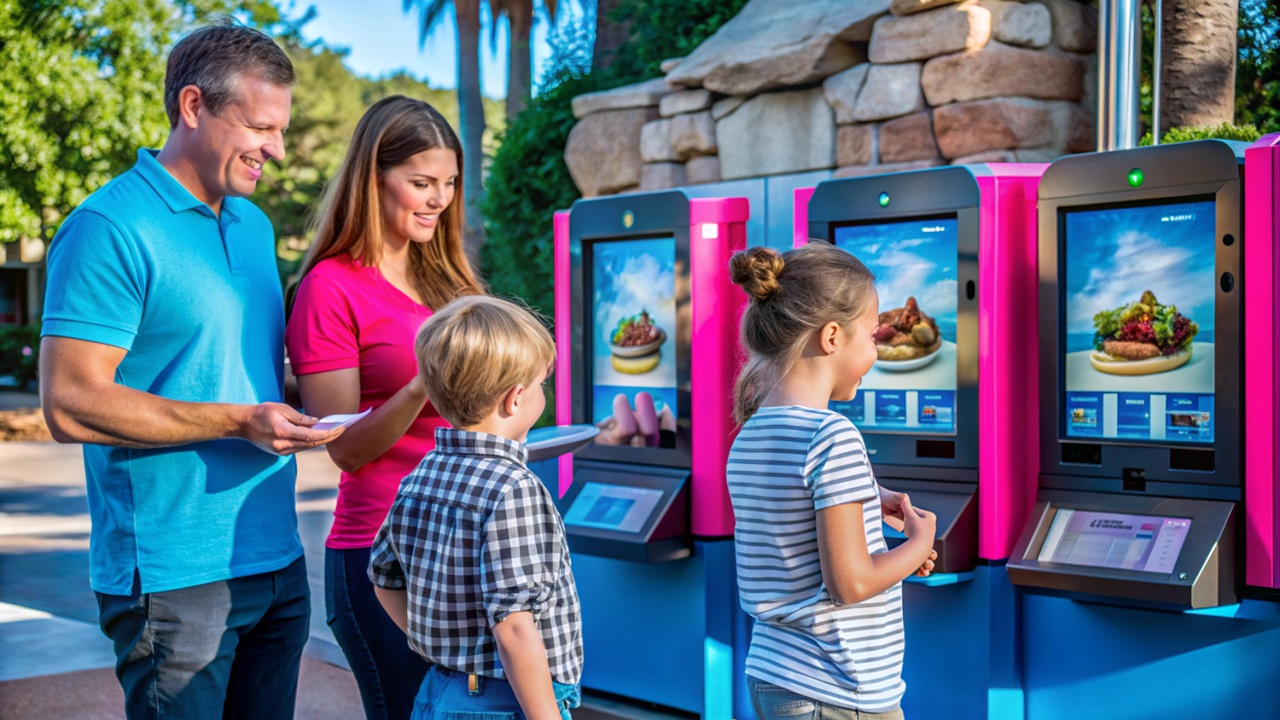In amusement parks, which are always vibrant and with lots of activities going on, visitors' experience is of the utmost importance. Too many lines and an unorganized ordering system will reduce visitors' comfort. A new self ordering kiosk has been identified, as the best fit to solve this problem and improve service delivery to end users, in this case, park users.
Enhancing Efficiency
The most apparent benefit of self-ordering kiosks is the effectiveness they introduce to food and produce selling. In the past, visitors experienced inconveniences when having to queue for a long time to be served by people working at rent. Self-ordering kiosks make it easy for visitors to place their orders and hence minimize the time taken to do so. Thus, having simple and clear interfaces, the guests help, tailor their choices, and make the payments within minutes.
Customization and Convenience
Self-operated ordering kiosks allow the guests to have control over the order they prefer. When choosing toppings for a pizza or while choosing the flavors for a particular drink they create a nice interface for those who prefer certain options. To some extent, this level of customization improves guest’s dining experience and makes them feel like they are the ones who are ordering their meals. Furthermore, facility and easy payments via their mobile devices, and digital receipt further enhance the ease for the visitors by making the transaction cycle precise whereby they do not waste much time in settlements as they can go ahead and enjoy what the park has to offer.
Reducing Labor Costs
In the current environment of scarcity of human resources, self-ordering kiosks can be of massive help in easing the workload. Through automation of the ordering process, parks can reduce the number of employees required at the food and produce stands. It also saves on cost since recruiting many personnel will not be necessary and it would allow the hired personnel to concentrate more on improving the guest’s experiences.
Improved Data Collection
Self-ordering kiosks also offer amusement parks important data information that can be collected. Through ordering history, customer preferences, and time of the day, parks can be able to determine what to offer on the menu and what to order. The collected information ensures accurate marketing tactics and can be used to learn the possible needs of guests for the additional pleasure of their stay in parks. For instance, if there is always a high demand for some specific product, parks must make sure that it is available for sale to facilitate consumers at the park.
Enhancing Safety Measures
The health risks that are inherent with food handling, and self-ordering kiosks will lead to enhanced safety measures. Thus, these kiosks as well as limited possibilities for direct contact between people, can result in the spread of germs and the guests will be sure satisfied with their day in the park in this case. Point-of-sale services also add to this surface by enabling guests to avoid direct touch with other people with their money.
Conclusion
Automated ordering systems are changing the way people are served in amusement parks. These kiosks are becoming an essential tool in park management because they increase efficiency, offer more personalized services, cut labor expenses, offer useful information, and increase safety. In the future, the role of self-ordering kiosks will only increase as a result of technological development, and it will be more and more joyful for the guests.


